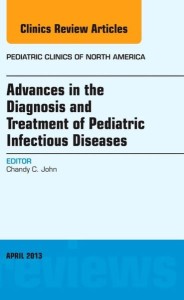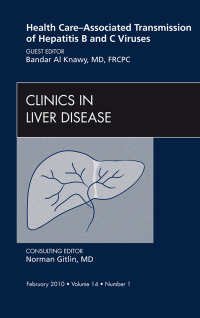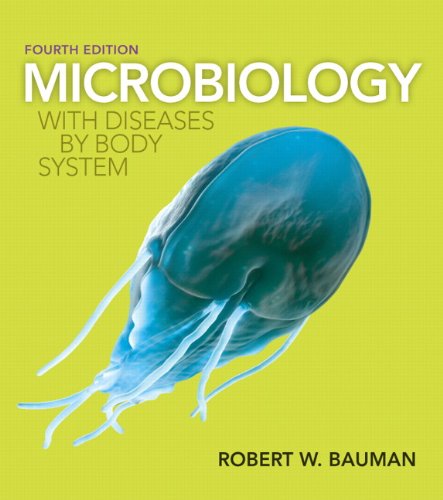-53%
Comprehensive Guide to Pediatric Infectious Disease Management with the Red Book Pediatric Infectious Diseases Clinical Decision Support Chart
The Red Book: Infectious Diseases in Children, published by the American Academy of Pediatrics (AAP), has long been a cornerstone of pediatric healthcare. Its extensive collection of tables, algorithms, charts, and graphs has provided clinicians with invaluable guidance for diagnosing, treating, and preventing pediatric infectious diseases. Recognizing the critical need for accessible and user-friendly tools at the point of care, the AAP has developed the Red Book Pediatric Infectious Diseases Clinical Decision Support Chart.
This chart, thoughtfully designed for portability and ease of navigation, meticulously compiles the most clinically relevant information from the latest edition of the Red Book. Its enlarged, enhanced format and vibrant colorization facilitate quick reference and enhance understanding.
In addition to consolidating essential data from the Red Book, the chart features exclusive tables synthesized from the text, presenting crucial clinical information in a highly accessible manner. This concise yet comprehensive resource delves into 15 vital topics:
-
Staphylococcal Infections: A comprehensive overview of Staphylococcus aureus and coagulase-negative staphylococci identification, susceptibility testing, and treatment options.
-
Streptococcal Infections: Detailed guidance on Group A, B, C, and G streptococcal infections, including clinical manifestations, diagnosis, and management strategies.
-
Diarrheal Infections: A thorough examination of common diarrheal pathogens in children, covering etiology, laboratory diagnosis, and therapeutic approaches.
-
Immunizations: Up-to-date schedules and recommendations for routine childhood immunizations, including vaccines against measles, mumps, rubella, tetanus, diphtheria, and pertussis.
-
Antibiotic Prophylaxis: Evidence-based guidelines for antibiotic prophylaxis in specific clinical scenarios, such as splenectomy, splenic sequestration crisis, and prolonged fever in immunocompromised children.
-
Immune Globulin: Indications, dosing, and administration guidelines for intravenous and intramuscular immune globulin in various infectious diseases.
-
Kawasaki Disease: A comprehensive overview of Kawasaki disease, including diagnostic criteria, differential diagnosis, and management principles.
-
Tuberculosis: Detailed information on tuberculosis diagnosis, treatment regimens, and infection control measures in both children and adolescents.
-
Lyme Disease: A detailed account of Lyme disease pathogenesis, clinical manifestations, laboratory diagnosis, and therapeutic strategies.
-
Varicella-Zoster: A thorough examination of varicella and zoster infections, including clinical presentations, antiviral therapies, and vaccine recommendations.
-
Zika: A comprehensive overview of Zika virus infection, including transmission, symptoms, diagnosis, and preventive measures.
-
Fungal Infections: A comprehensive guide to common fungal infections in children, covering diagnosis, treatment, and prophylaxis.
-
Genital and Neonatal Herpes: Detailed guidance on the diagnosis, management, and prevention of genital and neonatal herpes infections.
-
Syphilis: A comprehensive overview of syphilis infection in children, including clinical manifestations, diagnosis, and treatment recommendations.
-
Immunocompromised Children and Adolescents: A dedicated section addressing the unique infectious disease risks and management considerations in immunocompromised children and adolescents.
The content featured in these 15 comprehensive tabs has undergone rigorous review by the Red Book editors, ensuring its consistency with AAP policy and the latest evidence-based guidelines. The Red Book Pediatric Infectious Diseases Clinical Decision Support Chart is an invaluable tool for clinicians, providing quick access to essential information at the point of care. Its portability and user-friendly design empower healthcare professionals to make timely and informed decisions, ultimately improving the outcomes of their young patients facing infectious diseases.








Reviews
Clear filtersThere are no reviews yet.